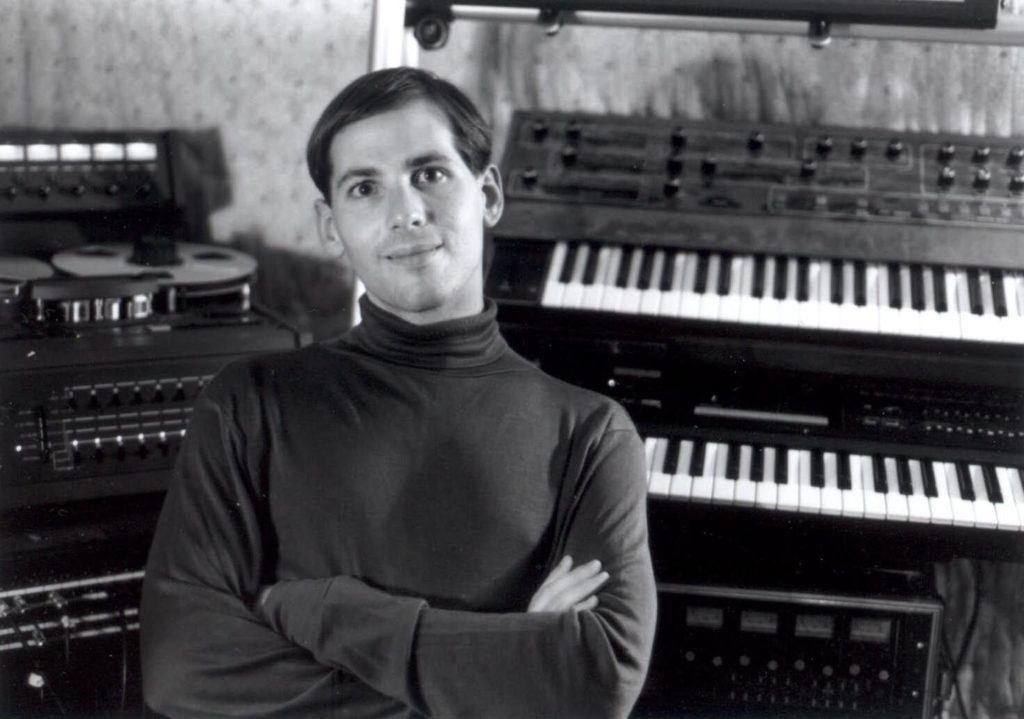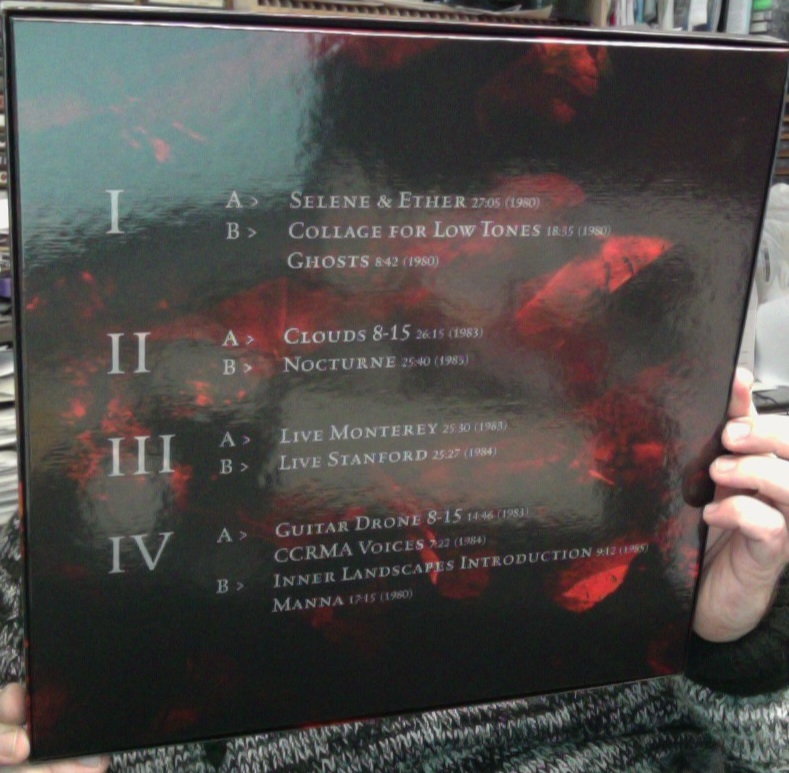

Orton is part of a new generation of hit mixers, and it comes as little surprise he wholeheartedly embraces the latest in digital technology. Since going independent six years ago, Orton has quickly established himself as one of the world’s leading hit mixers, mixing songs and albums for the likes of Lady Gaga, Carly Rae Jepsen, Emeli Sandé, The Police, Flo Rida, Sean Kingston, Kelis, Ellie Goulding, Mary J Blige, Usher, and Robbie Williams, which led to him earning three Grammy Awards.

Orton worked with Horn until 2008, amassing credits with Pet Shop Boys, Seal, Lisa Stansfield, Elton John, Texas, Celine Dion, Kelly Rowland and Macy Gray. In 2000 he started work as ProTools engineer for Trevor Horn, and two years later he ended up with engineering, mixing and additional production credits on the first western album by t.A.T.u., 200km/h in the Wrong Lane, which became a major international hit. The mixer started playing piano at age five, and as a young adult went to the London College of Music in Ealing in West London, where he graduated in Music Technology & Media Technology. Orton mixes out of his own room at Hot Rocks Studios in Los Angeles, where he moved about three years ago from his native London. It also meant there were very few recalls to deal with.”

Lana is very articulate and has great ears, so it was wonderful to get instant feedback as we tried out different ideas. It was great having her in the room, because she had such a clear vision of how she wanted the record to sound. So the timing was dictated by her schedule. Orton recalls that all 10 tracks were “mixed pretty much in one go, because Lana wanted to be present throughout the mixing. This impression is confirmed by Ultraviolence’s principal mixer, Robert Orton, who mixed 10 of the 15 tracks, if you count the bonus tracks on various deluxe editions. But despite the share of influence the album as a whole is remarkably cohesive, suggesting del Rey was pulling the strings and further evidence she’s not the manufactured starlet her sceptics initially assumed. The album’s making featured a proliferation of heavyweight producers: The Black Keys’ Dan Auerbach, Paul Epworth (Adele), Rick Nowels (Madonna), and Greg Kurstin (Lily Allen). It’s Lana stripped back, yet Ultraviolence still topped the charts the world over. Her third album, Ultraviolence still features the mournful atmospheric pop del Rey made her mark with on Born To Die, but replaces the bombastic orchestral elements with a more limited and focused palette of alt-rock tremolo guitars, reverb-swamped vocals and drums, and trip-hop influences. But just as her star looked poised to settle on this impeccably-crafted horizon of grandiosity, del Rey has sidestepped her critics once more.

It was followed by del Rey’s own stab at filmmaking, Tropico, a veritable mini-epic in the scheme of music videos. Then del Rey released Young and Beautiful, the pinnacle of her maximalist aesthetic, and perfectly suited to the excess of Baz Luhrmann’s take on The Great Gatsby. When her subsequent album, Born To Die also proved extremely successful, the sceptics moved the goal posts and declared del Rey a one-album wonder. Despite the song and video being widely lauded as atmospheric masterpieces, there was a lot of scepticism about the depth of her artistic authenticity and speculation she’d prove to be little more than a one-hit wonder. A year later she had undergone a radical image make-over, as part of which she adopted the title of her debut album as her artist name, and released a debut single called Video Games that was taking the world by storm. In 2010, Lizzy Grant was flailing around in obscurity, having released an EP called Kill Kill and an album, Lana del Rey, that both flopped. It surely must count as one of the most impressive artistic reinventions of modern times.


 0 kommentar(er)
0 kommentar(er)
